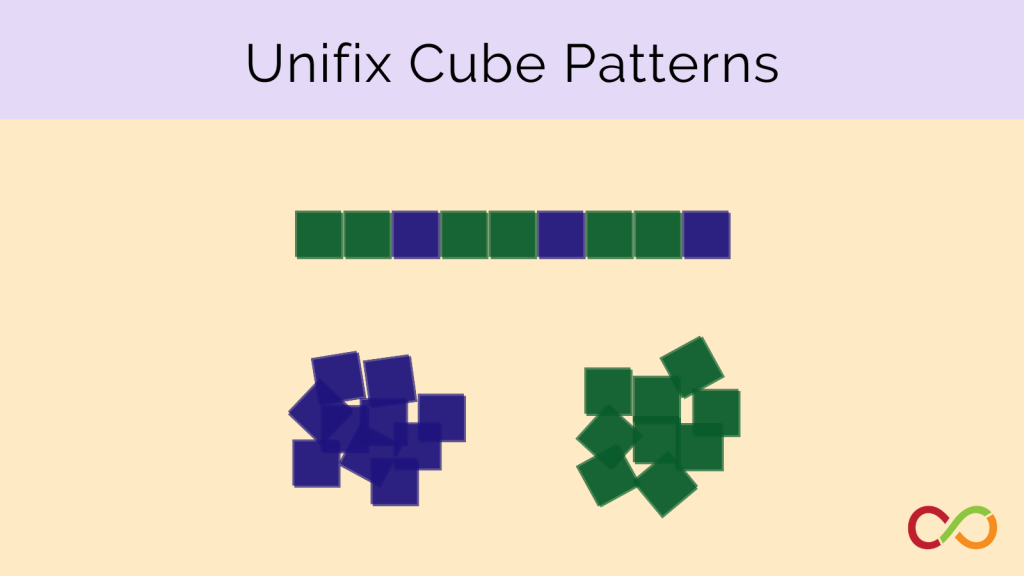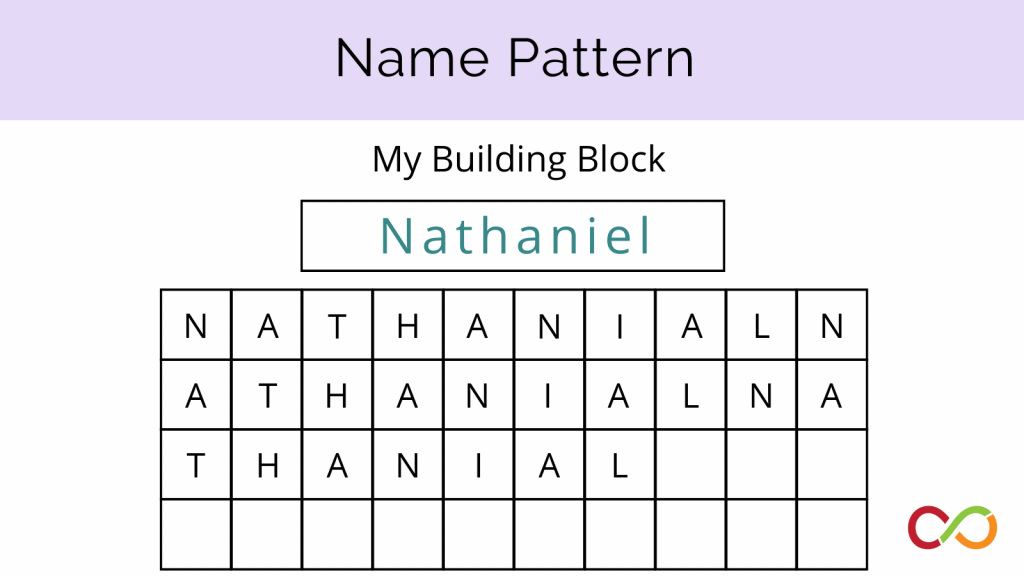Introduction to Patterning
Early Years (Age 3 – 6)
Curriculum Goal
Kindergarten: Demonstrating Literacy and Mathematics Behaviour
- Recognize, explore, describe, and compare patterns, and extend, translate, and create them, using the core of a pattern and predicting what comes next (#18).
Context
- Students and teacher will gather at the carpet and sit in a circle.
Materials
- Whiteboard or chalkboard
- Dry-erase markers or chalk
Lesson
- Display a simple pattern on the whiteboard (e.g., AB pattern).
- Ask students if they can identify or extend the pattern.
- After each extension or suggestion of the pattern, ask students to justify their thinking.
- Ask, How do you know that the pattern is correct?
- Proceed by writing a different or more complicated pattern (e.g., ABC pattern) on the board and repeat the steps above.
- Once students comprehend how to build onto existing patterns, challenge them by displaying a pattern with missing pieces.
- Pose the question, What piece or parts of the pattern belong in the blank section(s)
- Encourage students to justify their responses and to explain their reasoning.
- Wrap up the activity by defining the components and rules of a pattern (e.g., the pattern core, a pattern consists of at least three repetitions or cycles).
Look Fors
- How easily can children identify, expand, and justify patterns accurately?
- What skills do students use when extending patterns or filling in missing pieces to the pattern?
Extension
- This activity can be done using more complex patterns with different objects, materials, or symbols.
Share this lesson
Share on facebook
Share on twitter
Share on email


